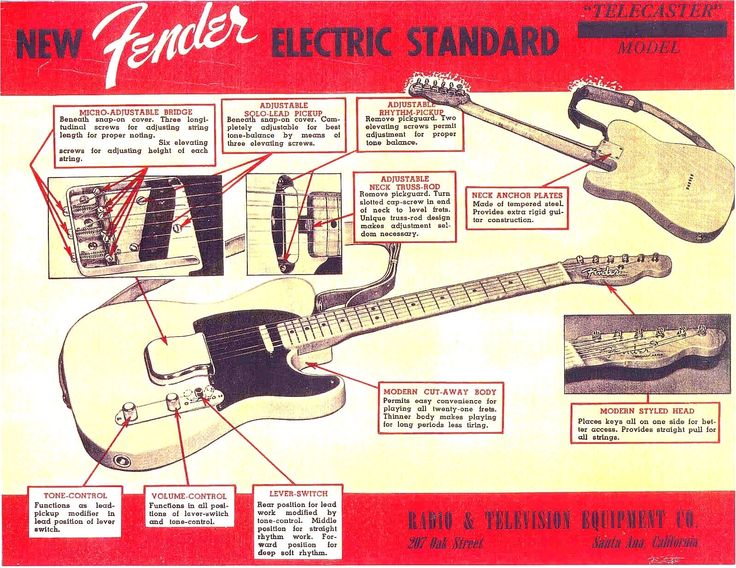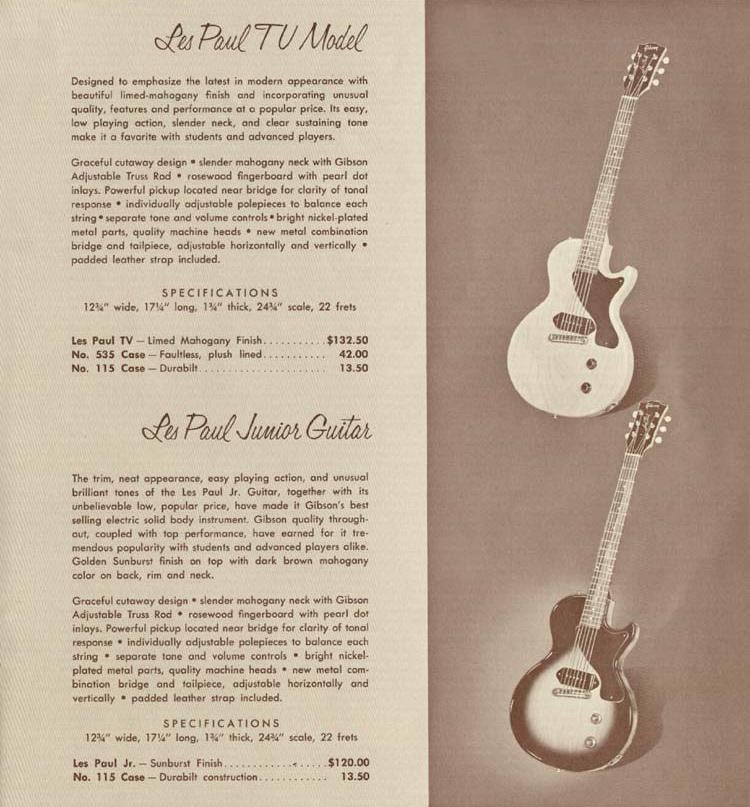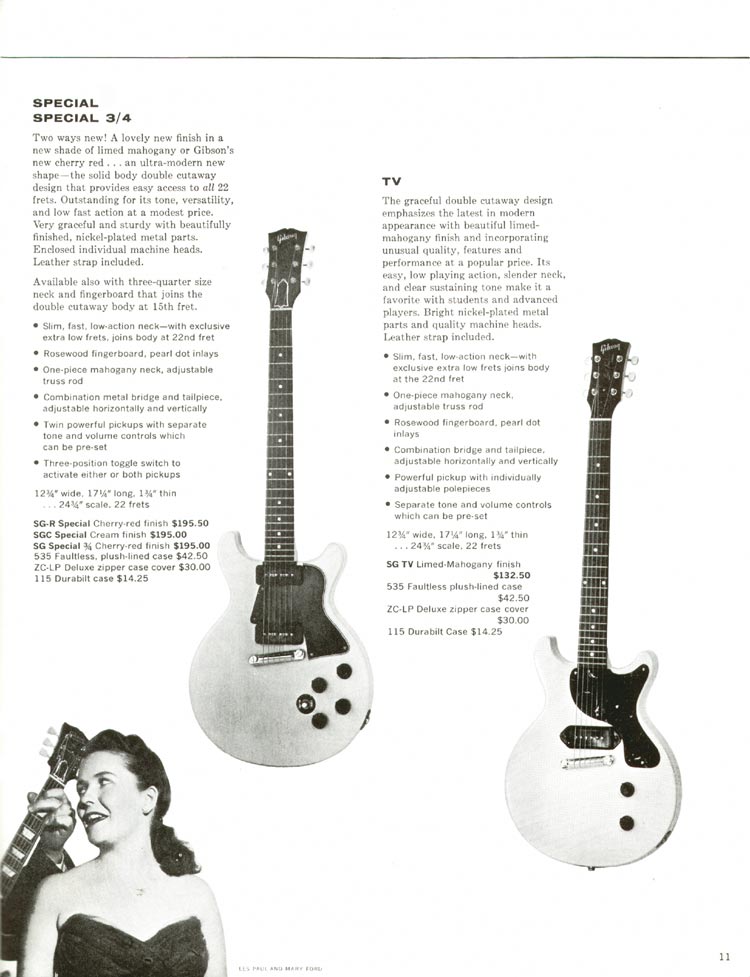This is all interesting, but according to Wikipedia (not that everything on wikipedia is reliable) the first time fender used the word Telecaster was in 1951 after the Gretsch cease and desist order on the Broadcaster name so I don't think it's as implausible in a frame of time sense of possibility. I also have some older paper copy guitar books that I got in the 90's which I'm positive give the same timeline.
https://en.wikipedia.org/wiki/Fender_Telecaster
This is also the approximate timeframe I was familiar with, and McCarty having joined Gibson in 1949 and taken over as lead in 1950 there's a bit of overlap as the Esquire and Broadcaster were already popular instruments and the "Nocaster" was very short lived only from the time of the cease and decist by Gretsch in Feb 1951 (shown here)

to the exhaustion of the original waterslides they were trying to make use of, the subsequent rename also took place only a few days later in Feb 1951 and according to this article and a vague description of 1952 being the year the "classic telecaster layout" started appearing on guitars, it seems to indicate that the name telecaster was in the catalogue by at least 1952. The nocaster was just being thrifty as they were cutting the word "Broadcaster" off the waterslide and using the fender name only.
This picture of a 1951 ad seems to indicate Fender literally blacked out the Broadcaster name and printed "Telecaster" above it as promotional copy and that's as early as the year the cease and desist occurred.
 https://www.guitarplayer.com/gear/the-h ... telecaster
https://www.fender.com/articles/behind- ... er-history
https://www.guitarplayer.com/gear/the-h ... telecaster
https://www.fender.com/articles/behind- ... er-history
So the then introduction of the LP jr in 1954 (as a sunburst) and all these other events were all framed within a window of only a few years. It is, however, a strain, as is said but crazier things have happened. Especially in the 1950's which was still essentially the "wild west" era as far as electric guitar design and marketing.
Regarding McCarty's recollection of Gibson distancing themselves from Les Paul's name after the divorce, I've always heard that story was Gibson PR damage control from the reimagining of the Les Paul guitar into the SG bodystyle, and that Les Paul himself, who had worked closely with Gibson designing his guitar, thought the SG was cheap and not something he would want his name on. Also that the redesign was purposefully done in secret and it was done without his approval. He approached Gibson and said he wanted his name removed from the guitar, which ultimately happened when his contract expired and his partnership with Gibson was at least temporarily dissolved.
This article from guitarworld news restates something along those lines and says it's a "well known piece of Gibson lore"
https://www.guitarworld.com/news/why-le ... -gibson-sg
I would also need to look harder when I have more time but regarding the original Les Paul design and the goldtop versions I had always heard it was meant to compete with and slightly resemble the Paul Bigsby Merle Travis guitar designs. This article says that Fender, Bigsby and Les Paul all used to get together and talk about pickup design and then it details how the more Les Paul esque shaped Merle Travis guitar came to be designed and the article says "the body presaged the Les Paul" gently saying the Les Paul guitar resembles the Bigsby Merle Travis model. I'll have to look later for better sources on this and the telecaster story.
https://www.premierguitar.com/gear/forg ... aul-bigsby
Anyways, I think that there's also merit to the speculation that television was a "cool" thing and that a lot of these names had to do with radio and television technology (not the carved top Les Paul though). I didn't assume we'd find the dead sea scrolls of the TV yellow mystery, but I still think it's interesting that it could be any of these and I'm open minded as to which, if any, could be true. I certainly don't think it's so far fetched that any one of these theories is light years ahead of the rest but if I had to dig deep I'd say it's probably more a reference to the furniture/television liming aspect, as the original sunburst model was not billed as the tv model, and tv seems to be specifically associated with the range of colors we know as TV yellow. I just don't think there's any hard data to back up the speculation which is why the title is "myth and lore" not "newly discovered facts"








